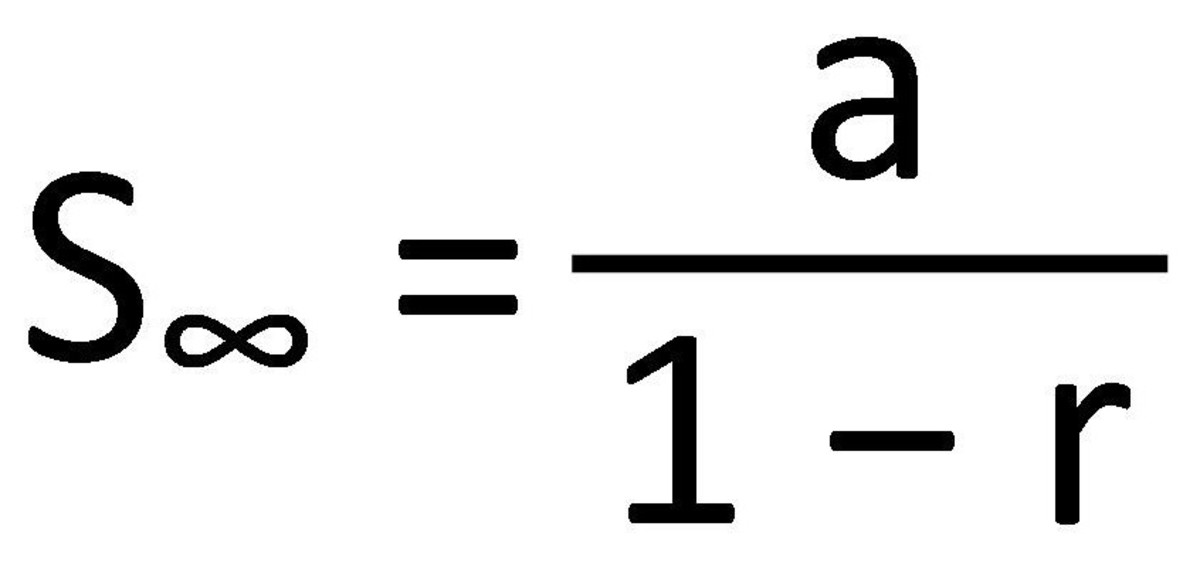


We know that in a geometric sequence, a term (a n) is obtained by multiplying its previous term (a n - 1) by the common ratio (r). There is another formula used to find the n th term of a geometric sequence given its previous term and the common ratio which is called the recursive formula of the geometric sequence. r = common ratio of the geometric sequence.a = first term of the geometric sequence.So in general, the n th term of a geometric sequence is, , where 'a' is the first term and 'r' is the common ratio. We have already seen that a geometric sequence is of the form a, ar, ar 2, ar 3. is an infinite sequence where the last term is not defined. Infinite geometric sequenceĪn infinite geometric sequence is a geometric sequence that contains an infinite number of terms. 13122 is a finite geometric sequence where the last term is 13122. They areĪ finite geometric sequence is a geometric sequence that contains a finite number of terms. There are two types of geometric sequences based on the number of terms in them. is a geometric sequence where a = √2 and r = -1 is a geometric sequence where a = π and r = 2 is a geometric sequence where a = -4 and r = -1/2 is a geometric sequence where a = 1/4 and r = 1/2 The common ratio can be either a positive or a negative number.

where 'a' is the first term and 'r' is the common ratio of the sequence. So a geometric sequence is in form a, ar, ar 2. In other words, in a geometric sequence, every term is multiplied by a constant which results in its next term. This ratio is known as a common ratio of the geometric sequence. Geometric Sequence vs Arithmetic SequenceĪ geometric sequence is a special type of sequence where the ratio of every two successive terms is a constant. Sum of Infinite Geometric Sequence Formula Here we shall learn more about each of the above-mentioned geometric sequence formulas along with their proofs and examples. The geometric sequences can be finite or infinite. The sum of an infinite geometric sequence.The recursive formula of a geometric sequence.Here, we learn the following geometric sequence formulas: The common ratio of a geometric sequence can be either negative or positive but it cannot be 0. Here is an example of a geometric sequence is 3, 6, 12, 24, 48. i.e., To get the next term in the geometric sequence, we have to multiply with a fixed term (known as the common ratio), and to find the preceding term in the sequence, we just have to divide the term by the same common ratio. It is a sequence in which every term (except the first term) is multiplied by a constant number to get its next term. A geometric sequence is a special type of sequence.


 0 kommentar(er)
0 kommentar(er)
